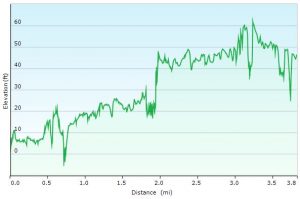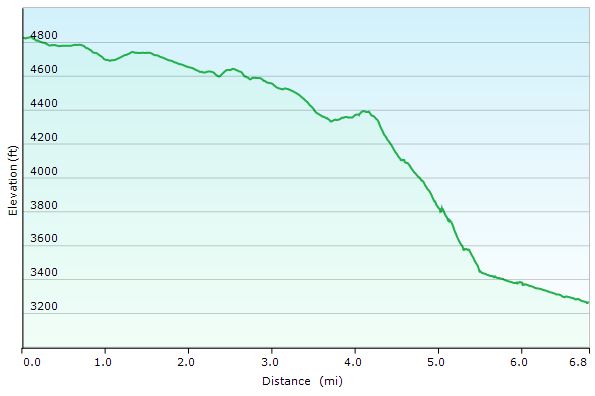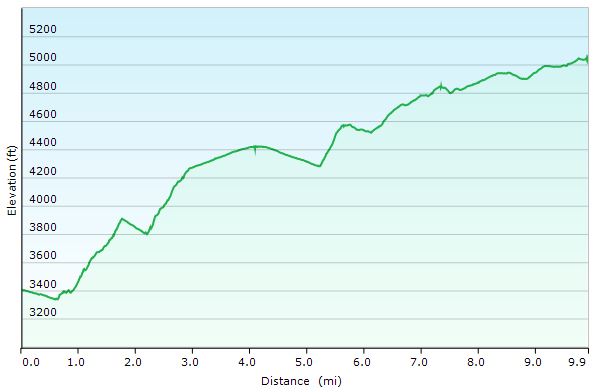Getting our Bear Grylls on. Hiking with a full overnight backpacking load-out & zero intention of actually sleeping outside.
When an iffy forecast caused us to cancel an overnight backpacking trip we had planned about four hours from home, we decided at the last minute to still get outside. Only instead of a full backpacking trip hours from home, we decided to grab our already packed gear and hit a local spot for a day in the woods. Backpacking meals, hammocks, a tarp in case it rained earlier than expected, etc. The only thing that wasn’t in our plan was to actually sleep out there. And then things didn’t go to plan. Again.
In the end, it was a great, fun day. Certainly not what we expected, but better than sitting on the couch (well, all day at least). We got some exercise, Sara had some of our favorite camping foods, and I got to test out some gear and packing techniques. The moral of the story? Do weird stuff. Sometimes it pays off.
Trailhead Parking Location: Rock Run Grist Mill parking area. This is a decent sized parking area by the Rock Run Grist Mill at the intersection of Stafford Rd and Rock Run Road in Susquehanna State Park.
GPS Track Data for this trip can be found on my Trip Data Page.
Total Mileage: 4 miles
Total Elevation Gain: A whopping 225′
Notable Gear Used
Packit Gourmet Pico De Gallo salsa and Pasta Bolegnese
Denali’s Dog Backpack – “One Tigris Cotton Canvas Dog Pack”
Denali’s Collapsible Dog Dish – Doggone Dish
Toaks 750ml Titanium Pot
ULA Ohm 2.0 Backpack
Generic Canister Stove
ALLPOWERS 21W Solar Charger
Notch Hat (Classic Multi-cam Operator model)
Aerial Photography – DJI Mavic Pro
Primary Camera – Blackmagic Pocket Cinema Camera



